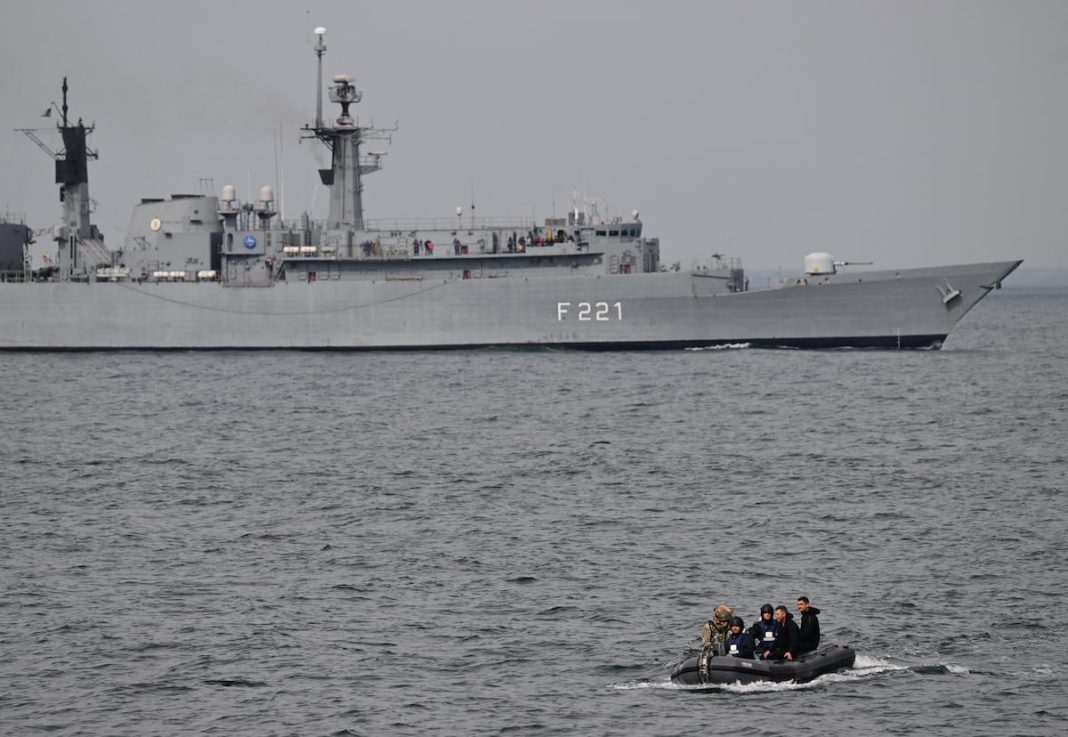MILAN — NATO recently conducted an innovative test of alliance-made underwater sensors aimed at safeguarding critical maritime infrastructure. The experiment took place on November 14 and was co-organized by Allied Special Operations Forces Command (SOFCOM) and the NATO Centre for Maritime Research and Experimentation (CMRE) in La Spezia, Italy. This trial was part of the inaugural Exercise Bold Machina 2024, which brings together various special operations teams to assess detection systems in challenging underwater environments.
During the test, special forces teams, equipped with cutting-edge gear including diving propulsion devices, maneuvered through detection systems established to evaluate the effectiveness of these sensors. The aim was to determine whether these underwater systems could detect the divers and drones, providing engineers with valuable insights into different signal signatures. Various companies contributed a blend of sensors capable of detecting an array of signals across acoustic, magnetic, passive, and electric domains. In a bid to enhance data analysis, exercise organizers connected sensor readings to an augmented reality simulator, allowing analysts to engage with the findings in a more immersive manner.
A primary concern highlighted by U.S. Navy Capt. Kurt Muhler, SOFCOM maritime development director, is the uncertainty surrounding underwater signature management. “It’s not knowing if somebody knows, or if you’re being detected,” Muhler explained. He emphasized the challenge of understanding the risks posed by detection systems that remain unknown to operators.
The backdrop of the ongoing war in Ukraine served as a significant motivator for this initiative, particularly in light of the damage inflicted on critical infrastructure by Russian military actions. Muhler pointed out that Russia’s strategy may be increasingly focusing on targeting vital infrastructure, potentially rendering such assets more appealing than traditional military targets. “That gives us some pause and reflection: how vulnerable are we?” he queried, underlining the need for robust defenses in the face of evolving threats.
SOFCOM’s mission is to deter threats in peacetime and provide defense during crises, particularly against the two main adversaries identified by NATO: Russia and terrorist organizations. The rapid advancement of both manned and unmanned underwater systems, coupled with intensified maritime activities, has transformed the operational landscape at sea, introducing new threats and intensifying competition over ocean territory.
Muhler noted the growing political interest in the defense of vital underwater structures, which often lie outside the jurisdiction of any single nation. This situation necessitates a collaborative, multinational effort to ensure their protection. “That political energy translates to resourcing the scientists, engineers, and industry to come up with solutions,” he remarked, highlighting the collective commitment to innovation in maritime defense technologies.
The findings from this high-stakes exercise are expected to play a crucial role in enhancing NATO’s capabilities in protecting against underwater threats, thereby ensuring the safety and security of transnational maritime infrastructure.





